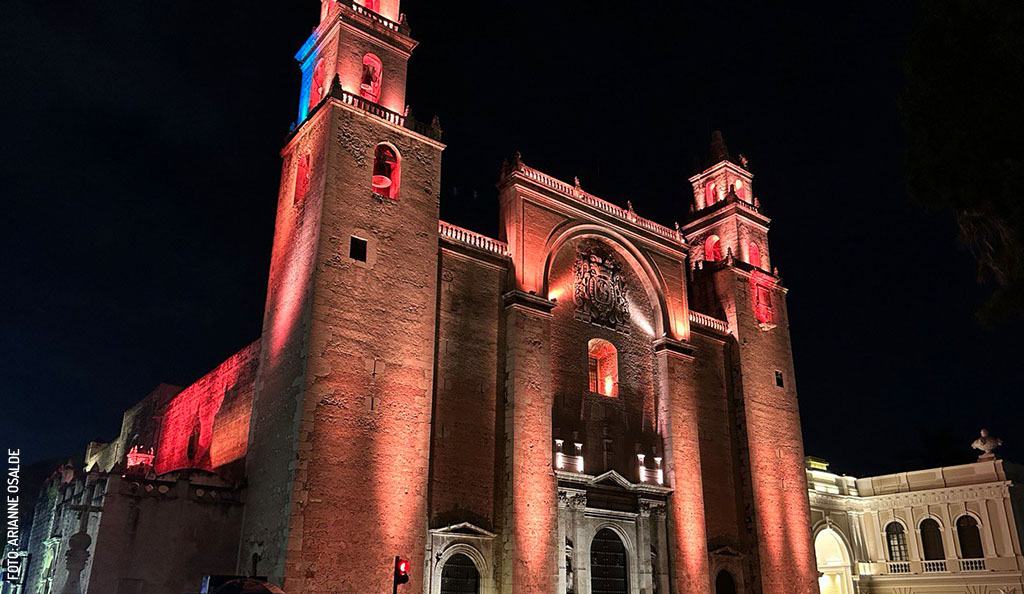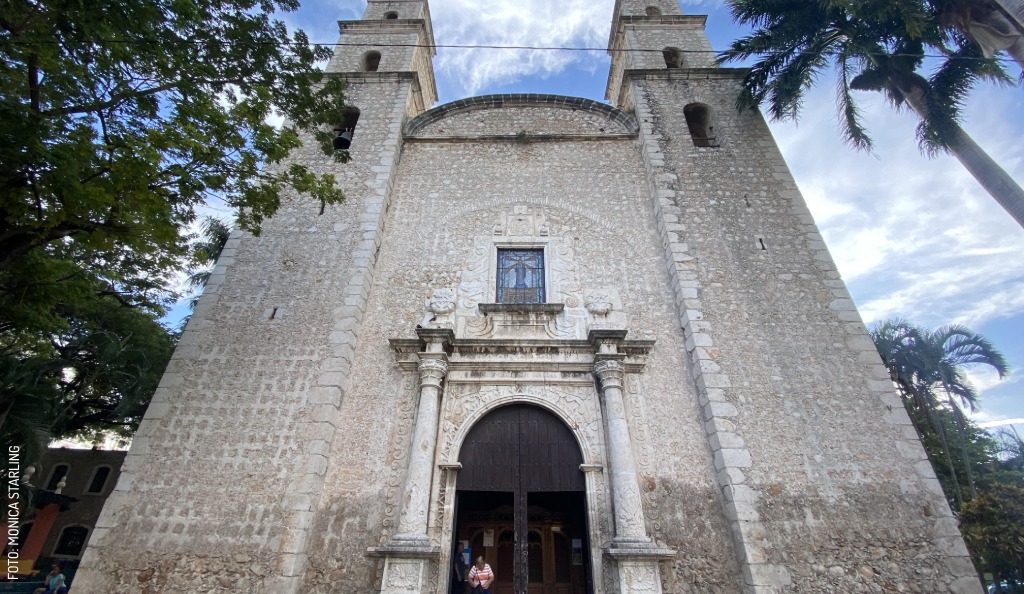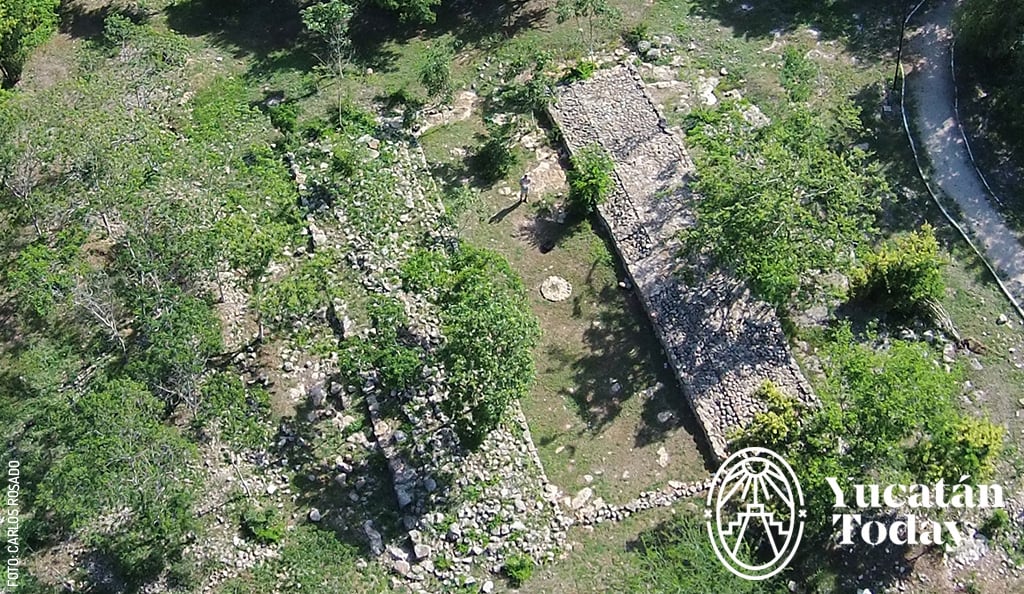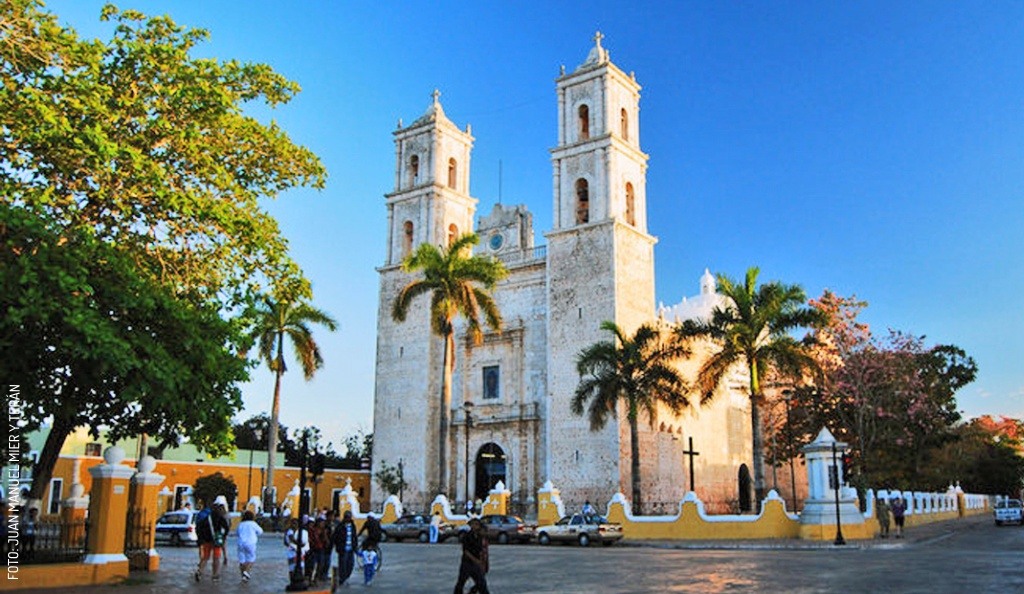
The Gothic Revival Churches of Yucatán
In your travels around Yucatán, you will often find churches in small towns. In general, they are Franciscan-designed Spanish behemoths, lurking menacingly over nearby buildings and streets.
Often their size is large in relation to the size of the town. In Hoctún, for example, if you are visiting the nearby cemetery, you will be amazed at the enormous construction for what seems to be a fairly tiny little community.
The style is almost always the same: thick, wide, and fortress-like; the stones are likely to have come from a Maya temple that was torn down and then repurposed, often on the same site.
Just when you think that all the churches look the same, you suddenly come across a church that doesn’t conform. It is not squat or fortress-like. It is not thick and medieval. No, this church is tall, elegant, and its spires reach into the clear blue Yucatán sky. It looks like something straight out of a Grimms’ fairy tale and completely out of place surrounded by Yucatán’s tropical vegetation. It’s the Gothic Revival church.
The generally accepted opinion is that there are several of these, sprinkled in and around Yucatán. However, while some report five Gothic Revival churches, others insist there are six, and I have heard up to nine neo-Gothic churches mentioned in one case.
I can personally confirm there are at least six Gothic Revival churches, and where to find them. One, in the village of Eknakán, dedicated to San José de la Montaña; one in Xcunyá, San Juan Bautista; and two in Mérida: Nuestra Señora del Carmen, in the Chuminopolis neighborhood, along with the Iglesia de San José, located inside the Maria de Montserrat school. Further away, the chapel at the storybook hacienda Chenché de las Torres is another example of this unique and elegant architecture, as is the building dedicated to San Ignacio de Loyola in the tiny village of San Ignacio, on the Merida-Progreso highway.
All of them seem to have been built in the very early 1900s: the years 1905 and 1906 can also be seen on the churches themselves.
At the moment most are closed to visitors due to the pandemic, but even in normal times they are not always open outside of mass hours. One of these, the lusciously Instagrammable temple in bright yellow at Eknakán, is currently undergoing a massive renovation and one can appreciate restored stained glass windows and fresh paint, along with structural improvements and repairs. If you’re lucky, you may be able to go inside and fully appreciate the detailed work being done there. Notice as well that this church is the only one (of the six I mentioned) that features a clock built into its façade. Definitely worth a stop on your way to the cenotes, for example.
These churches are an anomaly and make for some great photo opportunities - look for them in your travels around the state!

Author: Ralf Hollmann
A bonafide Yucatecan born in Germany and raised in Canada, with a degree in Hospitality and Tourism from the British Columbia Institute of Technology and an occasional source of sometimes-deserved snark, Ralf has experience traveling, leisure tourism, copyediting, creative writing. He also plays the guitar and enjoys taking photos. IG: ralf.around.the.world
Receive the latest articles and much more from the best of Yucatán in your email!
Related articles

The Church of Jesus (The Third Order)
The Church of Jesus (also known as the Church of the Third Order) is considered to be one of the most beautiful churches in Yucatán. Are you...
Underneath the Surface: Urban Archaeology in Mérida
Discover the Mayan secrets of Mérida, built upon the ancient city of T'hó. Explore vestiges in churches, parks, and a millenary ball court.




